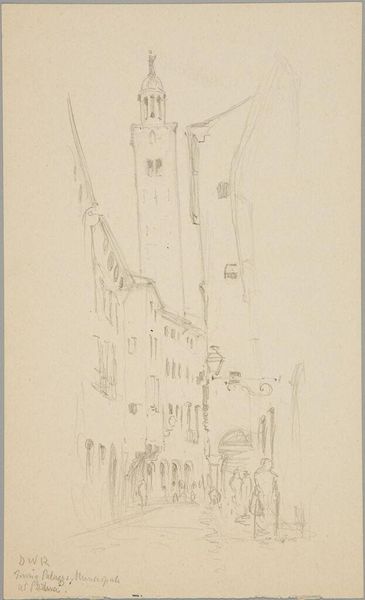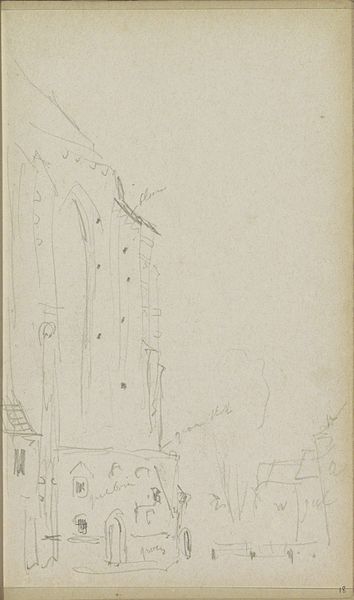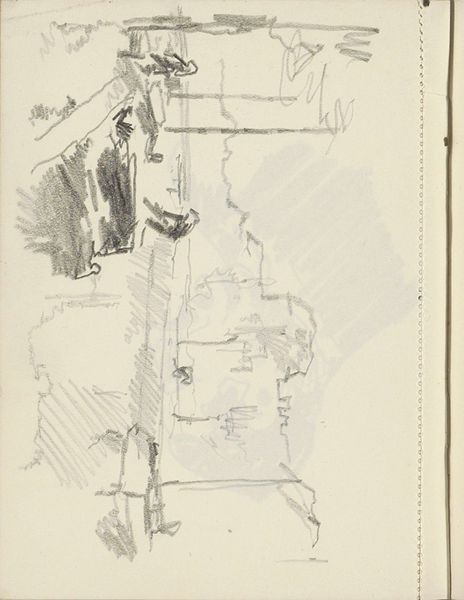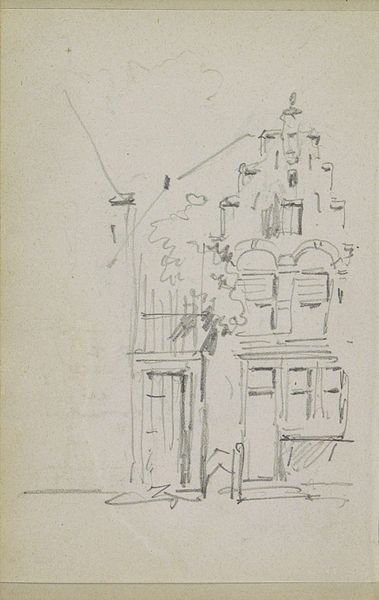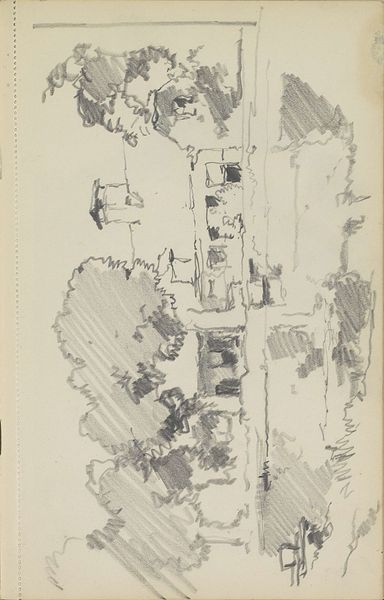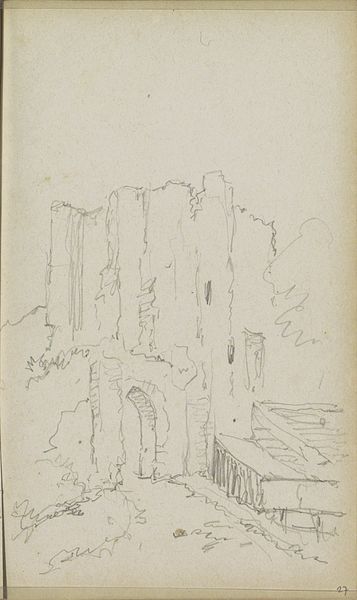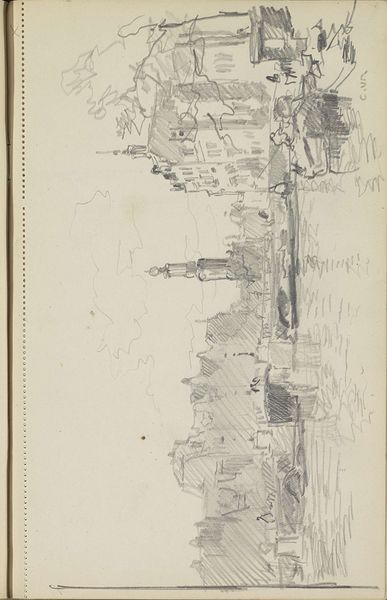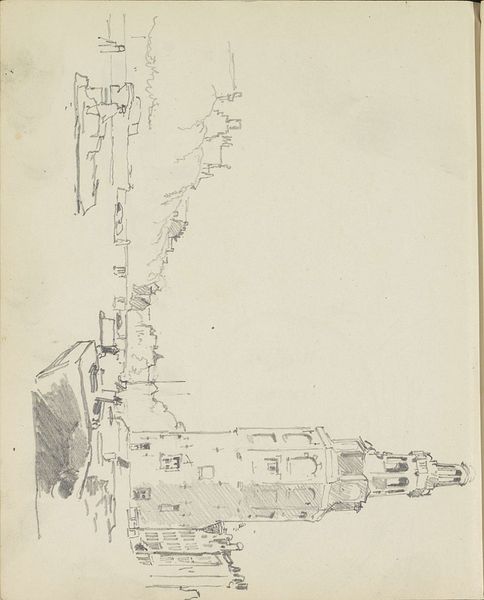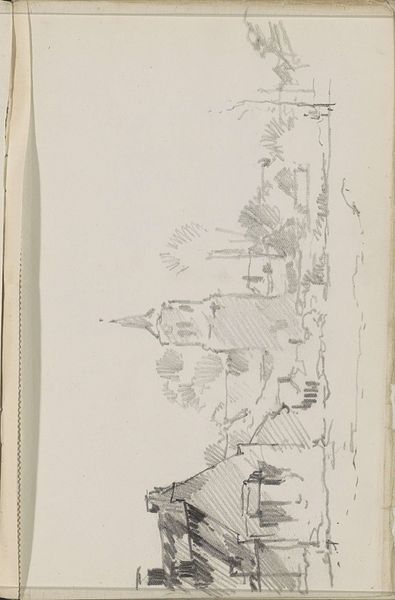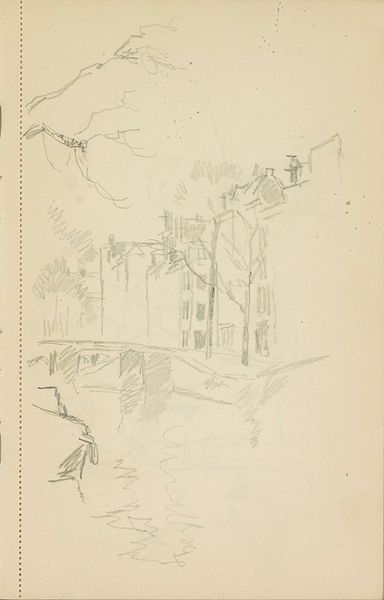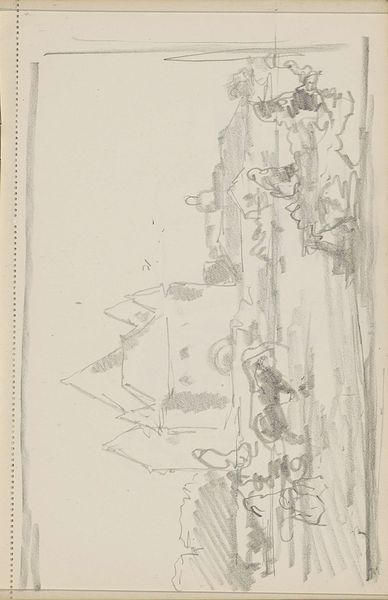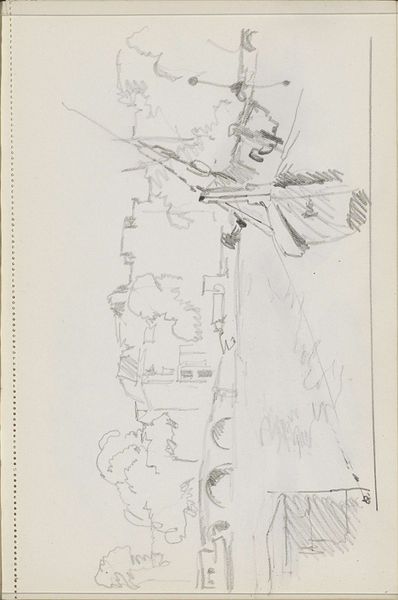
drawing
#
drawing
#
landscape
#
realism
Copyright: Public Domain: Artvee
Editor: Here we have Carl Spitzweg’s drawing, "Festungsmauer," created sometime between 1848 and 1849. It’s a lovely, delicate rendering of what appears to be an old fortress wall. What really strikes me is its almost ghostly quality. What do you make of it? Curator: Well, I see this drawing, "Festungsmauer," as deeply intertwined with the sociopolitical context of 1848-1849, a time of revolutions across Europe. Do you notice how Spitzweg depicts the wall not as a symbol of strength, but as crumbling and overgrown? Editor: Yes, it definitely looks weathered and in disrepair. Curator: I wonder if Spitzweg is commenting on the decaying power structures of the time. Fortresses traditionally represented authority and defense, but here, the image almost suggests the failure of old regimes. The detail is incredible! Editor: That’s a fascinating point. So, you're suggesting that the image might be a political statement, subtly critiquing the establishment? Curator: It’s plausible, especially considering Spitzweg's realist style. He presents the world as he sees it, not necessarily how the authorities would want it to be seen. Perhaps this 'realism' makes it more truthful to history. Editor: I hadn’t considered the piece that way. I just thought it was a pretty landscape study. It’s incredible how much more there is when you dig into the historical background. Curator: Exactly! Art often reflects and refracts the social and political realities of its time. Considering that allows the audience to expand its reception, to find connections beyond what the eye captures initially. Editor: This has really changed how I look at the drawing. Thanks for shedding light on this. Curator: My pleasure. It's rewarding to see how a historical lens can deepen one’s understanding of art.
Comments
No comments
Be the first to comment and join the conversation on the ultimate creative platform.
